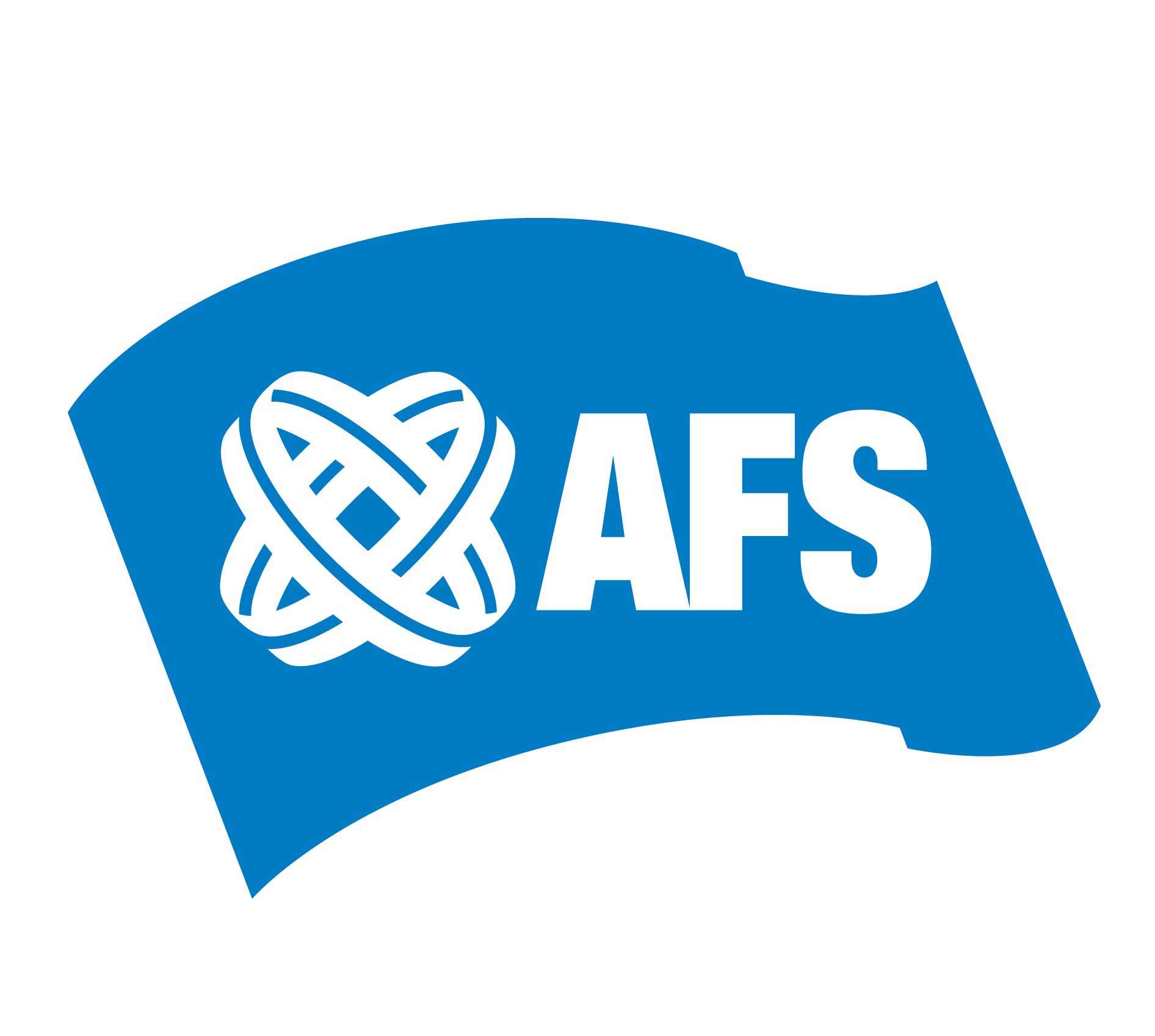Chemists use “moles,” derived from the German word for molecule, as one way of describing the quantity of a chemical compound. Whereas units such as grams or pounds describe the mass of a chemical, moles describe the number of particles — either atoms or molecules — of that compound. One mole equals to a very large number of particles: 6.02 x 10^23 of them. You can find the moles of any mass of any compound.
Step 1
Write down the molecular formula of the compound for which you are calculating the number of moles. The molecular formula details the types of elemental atoms and the quantities of each type contained in a molecule of the compound. The molecular formula for water, for example, is H2O, showing that each water molecule is made of two atoms of the element hydrogen and one oxygen atom.
Step 2
Look up the atomic weight of each type of atom in the formula. This information is found on most periodic tables. The atomic weight of oxygen is 16.00 and that of hydrogen is 1.008.
Step 3
Multiply the atomic weight of each element in the compound by the quantity of atoms of that element in the compound’s formula, then add all the resulting products. In the case of water, multiply the atomic weight of hydrogen by two, and the atomic weight of oxygen by one, then add the products. Numerically, this would be (2)(1.008) + (1)(16.00) = 18.016. This is the molar mass of the compound; it has units of grams per mole.
Step 4
Divide the mass of the compound in grams by the molar mass you just calculated. The answer is the number of moles of that mass of compound. For example, 25 grams of water equals 25/18.016 or 1.39 moles.
Things Needed
- Periodic table
- Calculator

